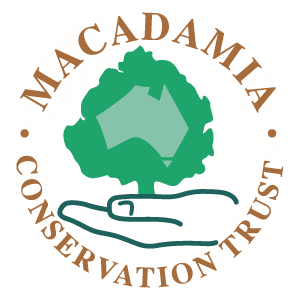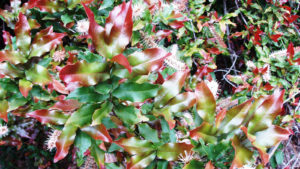There are four species of Macadamia, two of which are used for production of Macadamia nuts in Australia (Macadamia tetraphylla and M. integrifoIia).
All four are genetically closely related and except for the single recorded population of the endangered Macadamia jansenii, have overlapping ranges.
Hybridisation is known to naturally occur between pairs of Macadamia species in those areas where they share habitat and may be an important mechanism for adaptive evolution.
Download our quick guide to macadamia identification
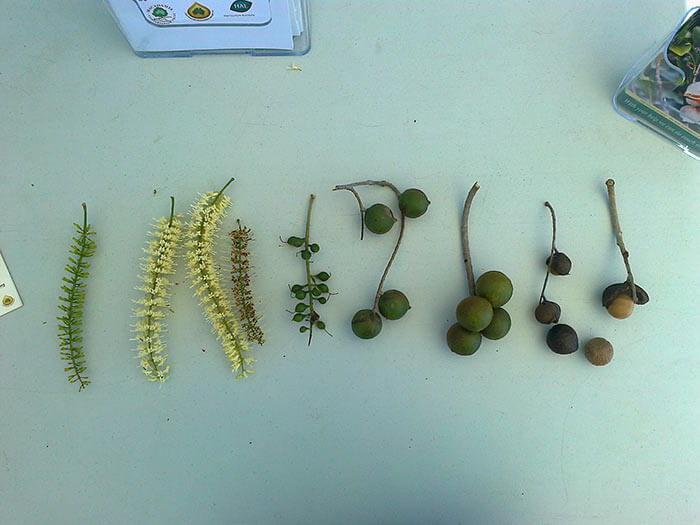
Macadamia integrifolia
‘integ’ means entire and ‘folia’ leaves.
Where is it found: Just north of the NSW/Queensland border to Mt Bauple north of Gympie.
How high does it grow: This species grows up to 25m high
What does it look like? Seedling leaves can be large and prickly, but mature leaves have smooth edges, generally with three leaves to each node, new flush is green, flowers are cream and the shells are smooth.
Common names: Queensland Nut, Bauple Nut, Baphal Nut, Smooth-shelled Macadamia
Other information: It is the main commercial species. Macadamia integrifolia is found in a number of locations where M. tetraphylla or M. ternifolia also occur.
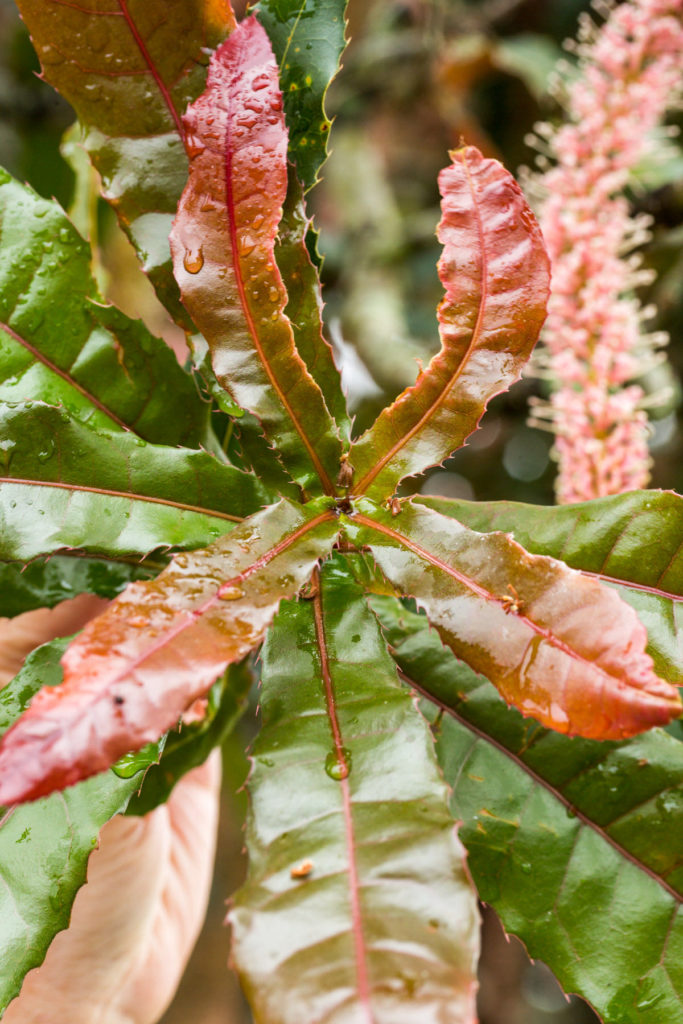
Macadamia tetraphylla
‘tetra’ is Greek for four and ‘phylla’ leaf
Where is it found: From Lismore in New South Wales to about Mt. Tamborine in SE Queensland
How high does it grow: This species grows up to 20m high
What does it look like? It has four spiny leaves to each node, new flush and flowers are pink and the shells are bumpy or dimpled.
Common names: Bush Nut, Rough-shelled Macadamia
Other information: This species is only commercially planted to a small extent in Australia although cultivar hybrids between it and M. integrifolia are common. It is widely planted in Kenya and California.
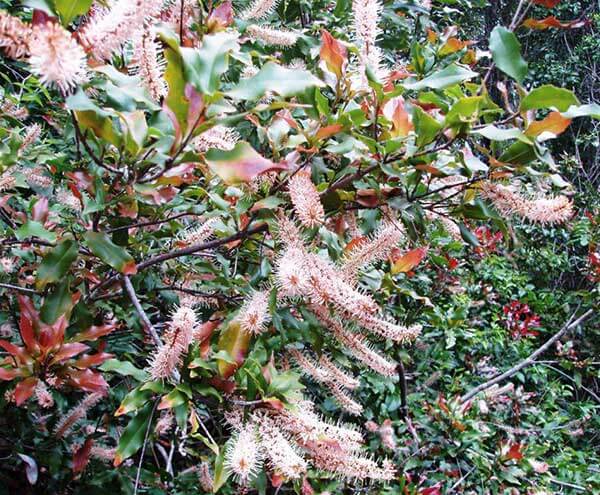
Macadamia ternifolia
‘terni’ means three and ‘folia’ leaves.
Where is it found: Just north of Brisbane to Gympie in south east Queensland.
How high does it grow: This species grows up to 18m high
What does it look like? It has three leaves with spiny margins to each node, flowers and new flush are pink. The shells are small and smooth.
Common names: Maroochy Nut, Gympie Nut
Other information: Its nuts are small and intensely bitter.
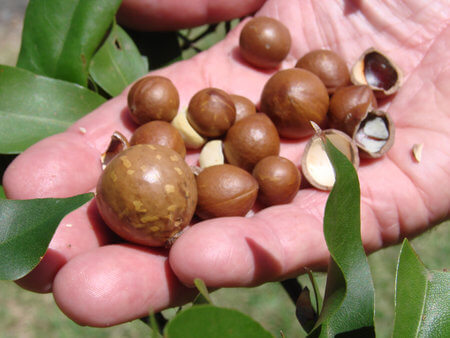
Bulburin Nut, with a common commercial variety of macadamia nut at the far left for size comparison. Photo courtesy of Scott Lamond, ABC
Macadamia jansenii
named after Ray Jansen who brought it to the attention of western science in 1991.
Where is it found: Bulburin National Park, Queensland
How high does it grow: This species grows up to 8m high
What does it look like? It has three leaves with smooth margins to each node, flowers are cream and new flush is green or pink. The nuts are small and smooth.
Common names: Bulburin Nut, Jansen’s Macadamia
Other information: It is classified as endangered with only 200 individuals recorded from a single location in Bulburin National Park. It is slow growing with a small, slightly bitter nut. A bushfire or disease could result in the total population being lost.
